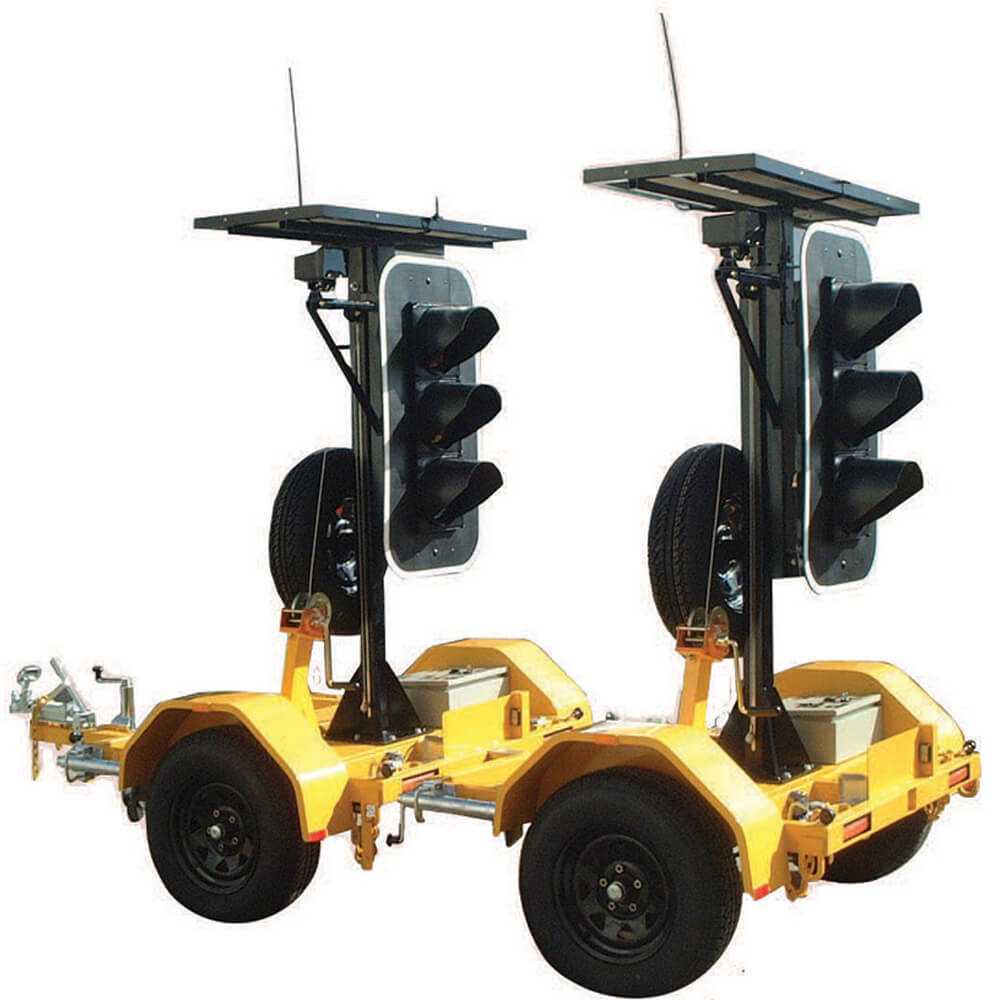

Results were broadly similar for different genders and age groups. Foods with better colours on saturated fat and salt were 7.3 (6.7, 8.0) and 7.1 (6.5, 7.8) times more likely to be chosen as healthy – significantly greater than for total fat (odds ratio 4.8 (4.4, 5.3)) and sugar (5.2 (4.7, 5.6)). ResultsĪ food with more reds was 11.4 (95 % confidence intervals: 10.3, 12.5) times less likely to be chosen as healthy, whereas a food with more greens was 6.1 (5.6, 6.6) times more likely to be chosen as healthy. We analysed data using multilevel logisitic models with food choices ( n = 3321) nested in individuals ( n = 187) as the unit of analysis.

We recruited participants from a UK supermarket chain membership list to conduct an online choice experiment in May 2014. Our research questions were: Which of the four nutrients on UK traffic light labels (total fat, saturated fat, sugar and salt) has the most influence on decisions? Do green lights or red lights have a greater influence? Are there age and gender differences in how people use the colour and nutrient information? Methods It is not clear how consumers use these labels to make a single decision about the relative healthiness of foods. The voluntary scheme is used by all the major retailers and some manufacturers.

Colour coded front-of-pack nutrition labelling (‘traffic light labelling’) has been recommended for use in the UK since 2006.


 0 kommentar(er)
0 kommentar(er)
